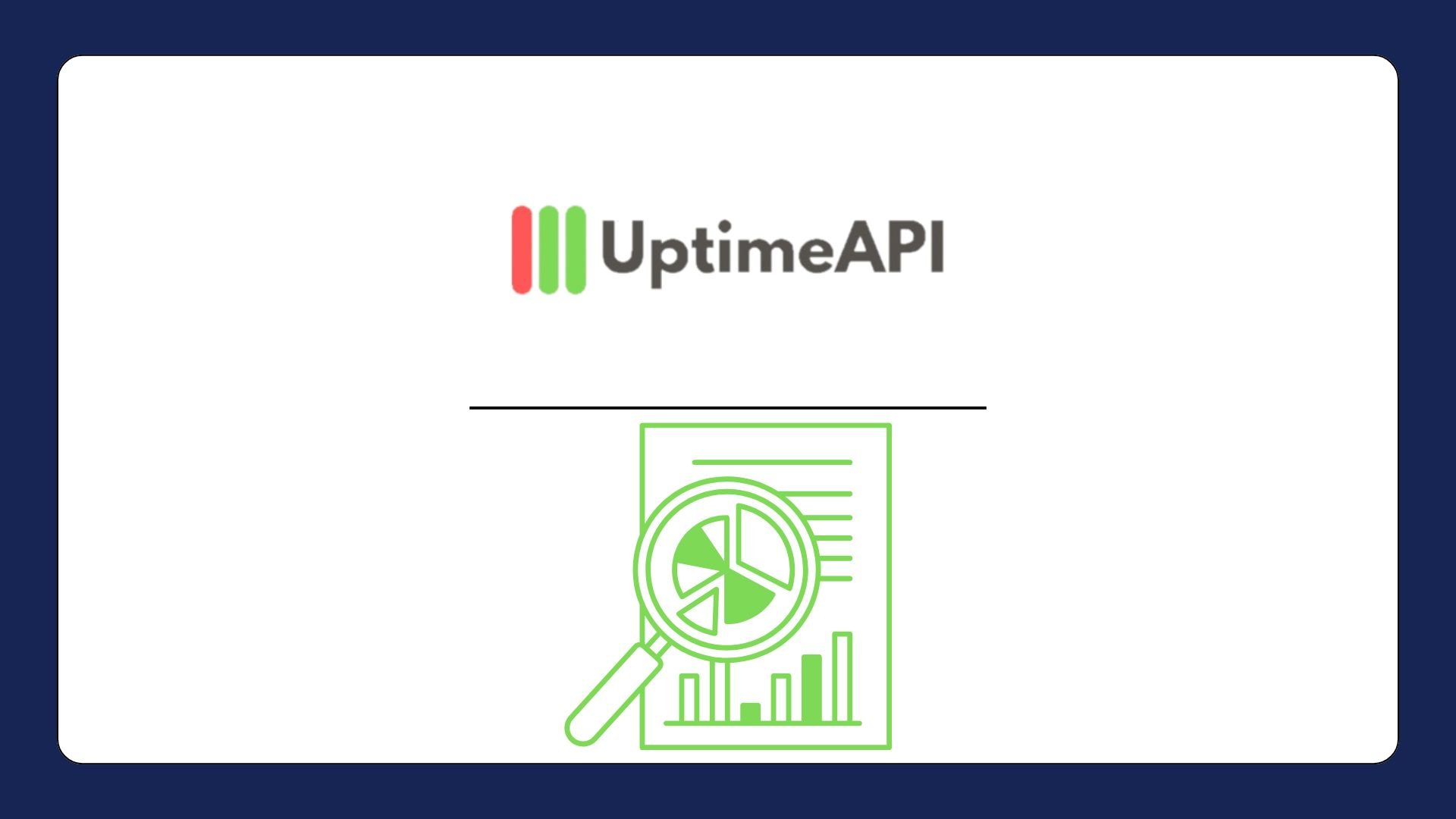API Performance Tracking And Optimization

Whether you're running a mobile app, a web service, or even a complex enterprise-level system, Application Programming Interfaces (APIs) are the invisible force powering the interconnectivity between various services and platforms. However, like any critical infrastructure, APIs can experience slowdowns, crashes, and bottlenecks, leading to unsatisfactory user experiences and lost revenue. This is where the Uptime API Performance Tracking becomes a game-changer.
Understanding API Performance Tracking
APIs are the backbone of digital applications. They connect different services, enable real-time data exchange, and ensure that your users can access the features they need without interruptions. Imagine visiting a website to check out a product, but the page fails to load, or attempting to book a flight but the booking system lags or times out—these poor experiences are often caused by underperforming or unreliable APIs.
When an API is slow or unresponsive, it not only frustrates users but also reflects poorly on your business’s brand and bottom line. For e-commerce platforms, API downtime can result in lost sales, while for service providers, it can lead to a decrease in user trust and retention. As such, tracking the performance of APIs is essential to prevent these issues from impacting your business operations.
By using API Performance Tracking tools like Uptime API, companies can monitor their API metrics in real time, identifying and resolving issues before they negatively affect end users. This tool allows you to keep a finger on the pulse of your API’s uptime, latency, and error rates, giving you the insights needed to ensure that everything is running smoothly.
What is The Uptime API?
Uptime API is a potent tool made to assist companies in tracking, monitoring, and real-time performance optimization of their APIs. By providing an intuitive platform that offers vital insights into the functionality and health of your APIs, it streamlines the difficult process of API monitoring. Businesses may keep ahead of possible problems by using Uptime API to get real-time warnings whenever their APIs encounter high error rates, slowdowns, or outages.
Businesses may increase their API's availability, lower latency, and enhance user experience by using the data that this API provides to influence their decisions. For monitoring and optimizing API performance, Uptime API's flexibility and scalability make it the perfect choice for both small startups and large organizations.
The capacity of Uptime API to offer proactive issue detection is one of its main benefits. Uptime API continuously checks the performance of your API and sends out instant alerts when performance thresholds are exceeded, eliminating the need to wait for users to report problems. This allows companies to take swift action and address issues before they negatively impact the user experience.
Businesses across various industries are already reaping the rewards of the API. From e-commerce platforms to cloud service providers, the API is used to maintain high availability and deliver fast, reliable services to users.
For instance, imagine an online payment processor relying on API integrations for real-time transaction processing. If the API experiences downtime, customers may not be able to complete transactions, leading to lost revenue. The API ensures that such businesses stay ahead of these issues by providing real-time performance monitoring and alerts. Similarly, SaaS providers depend on API performance to offer smooth user experiences; Uptime API helps them keep systems running smoothly, even during peak traffic periods.

